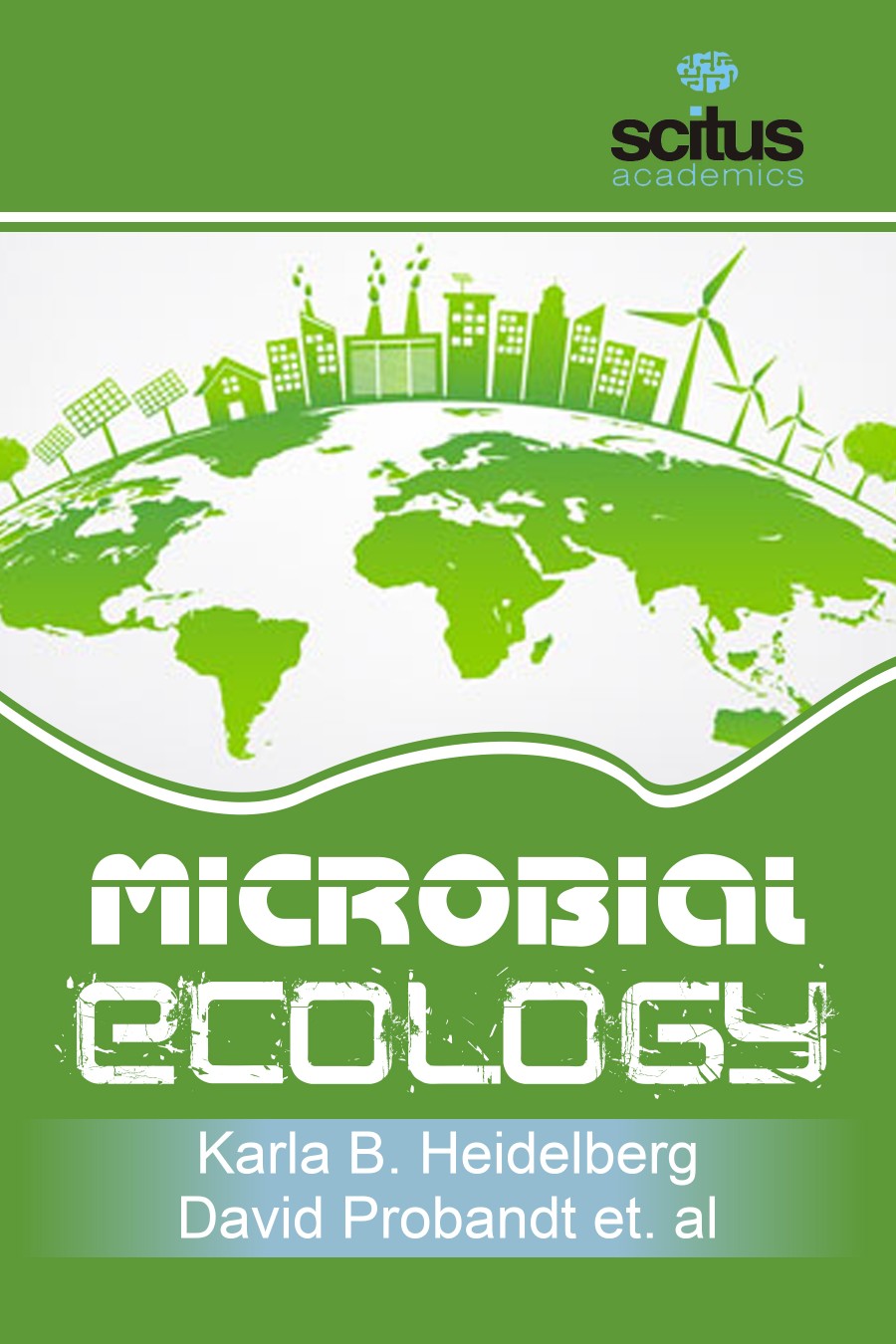Microbial ecology deals with the interaction of microorganisms with their environment, which is an essential component in understanding the functioning of the global ecosystem. Microbes are the most abundant organisms on and in our planet, some of which grow at incredible rates. Microbes such as Bacteria, Archaea, Protists represent “the invisible presence” and are found in most terrestrial and aquatic systems. As a result of their shear numbers and high rates of growth they can have significant impact on their chemical environment. Microbial ecology lacks the firm theoretical basis of traditional ecology and, as a result, has suffered from being empirical in nature and descriptive in practice. Thus, it is essential to build the theoretical basis of microbial ecology with studies on fundamental aspects of microbial diversity and in situ function. In recent years the use of ribosomal RNAs (rRNAs) and their genes have produced an authentic revolution in microbial ecology. The sequencing of these genes has allowed a whole range of microorganisms, mainly prokaryotes, to be studied without running into selective enrichment and isolation problems. Most molecular ecology techniques are based on these genes.
Microbial Ecology is focused on the presentation of high-quality scientific investigations of how microorganisms interact with their environment, with each other and with their hosts. It is intended to present insights into the dynamic process of genetic diversity of microorganisms by presenting the contributions of scientists ad subject specialists who are engaged in the generation of new ideas and techniques employed for the assessment of microbial ecology in different perspectives. The chapters’ content discloses the magnitude of genetic diversity of microorganisms living in different environmental conditions. The complexity and diversity of microbial populations is by far the highest among all living organisms. The diversity of microbial communities and their ecologic roles are being explored in soil, water, on plants and in animals, and in extreme environments.
The book will be of valued to students, researchers, and experts in the area of microbial phylogeny, genetic diversity, and molecular biology.













